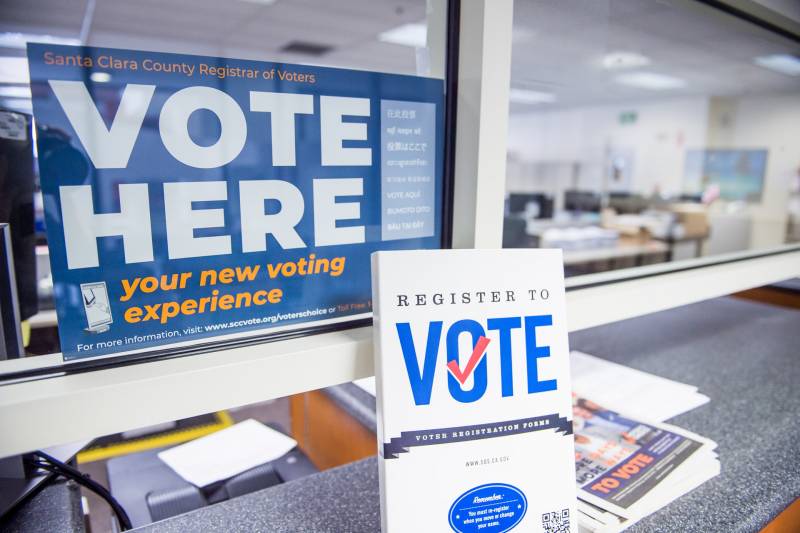Updated Friday, 4:30 p.m.
An attempt to change how Santa Clara residents choose their city council members appears headed for defeat.
As of Friday afternoon, Measure C gathered just over 38% of the vote. For up to date vote counts see KQED's election result page. County election officials generally officially announce whether the measures passed a month after the election.
The measure has divided city leaders and caught the attention of the city’s most famous occupant — the 49ers.
The San Francisco 49ers poured money into opposing Measure C, with owner, Jed York, donating more than $330,000 to fight the measure just a week before the primary.
